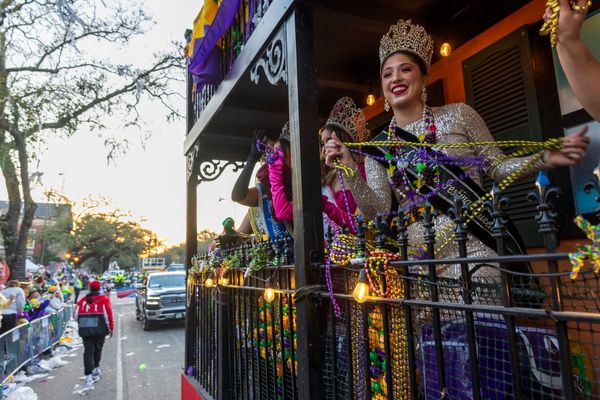Residential rates will increase by an average 3.75 per cent this year across Canberra, however, some suburbs will do the heavy lifting with unit rates in one suburb up 11 per cent.
A number of suburbs will experience increases, while home owners in a select few suburbs could pay less.
Rates for houses are set to increase the most in Duffy and Fisher, both up by an average 8 per cent.
House owners in Duffy are set to pay an average $2981 for the year, up from $2770 last financial year. In Fisher, households will pay an average $2932 in rates, up from $2724 last year.
Amaroo, Griffith, Stirling and Torrens will each experience average rate increases of 7 per cent for houses.
The highest rates for houses will be paid in Forrest, where the average annual cost is $12,054, followed by Barton at $8170, Turner ($7729), Yarralumla ($7440) and Red Hill ($7164).
In Taylor, rates for houses are set to fall by an average 4 per cent, while rates are also down in Whitlam (2 per cent), Weetangera (1 per cent) and virtually unchanged in Throsby and Calwell.
For unit and townhouse owners, the largest increase will be felt in Isaacs, where rates are up by an average 11 per cent. The average cost for unit owners will be $3245, up from $2935 last year.
Unit owners in Garran are set for a 9 per cent increase in residential rates and will fork out an average $2278 for the year, up from $2094, while rates for units in Forde are up an average 8 per cent to $1938.
Rates for units in Deakin, Macarthur, Narrabundah and Yarralumla have risen by an average of 7 per cent.
It's good news for unit owners in Taylor, where rates are down an average 1 per cent. Moncrieff unit rates will remain virtually the same, while Page, Palmerston and Throsby are each set for 1 per cent increases.
The rate changes come at a time when Canberra home owners are facing soaring household costs and rising interest rates.
However, changes to ACT residential rates were to be expected.
The annual increases are part of the ACT government's major tax reforms, designed to phase out stamp duty and replace it with rates revenue.
In 2020, Chief Minister Andrew Barr announced residential rates rises would slow to an average of 3.75 per cent a year over five years.
In March, the government raised its threshold for stamp duty exemptions on dwellings bought off-the-plan.
First home buyers in Canberra who meet an income-based means test have been exempt from stamp duty since July 2019.
Despite the changes, residential stamp duty has continued to bolster the ACT's budget.
In the three months to September 2021, the ACT collected more than $83 million in residential stamp duty, almost $17 million more than budgeted.
We've made it a whole lot easier for you to have your say. Our new comment platform requires only one log-in to access articles and to join the discussion on The Canberra Times website. Find out how to register so you can enjoy civil, friendly and engaging discussions. See our moderation policy here.








